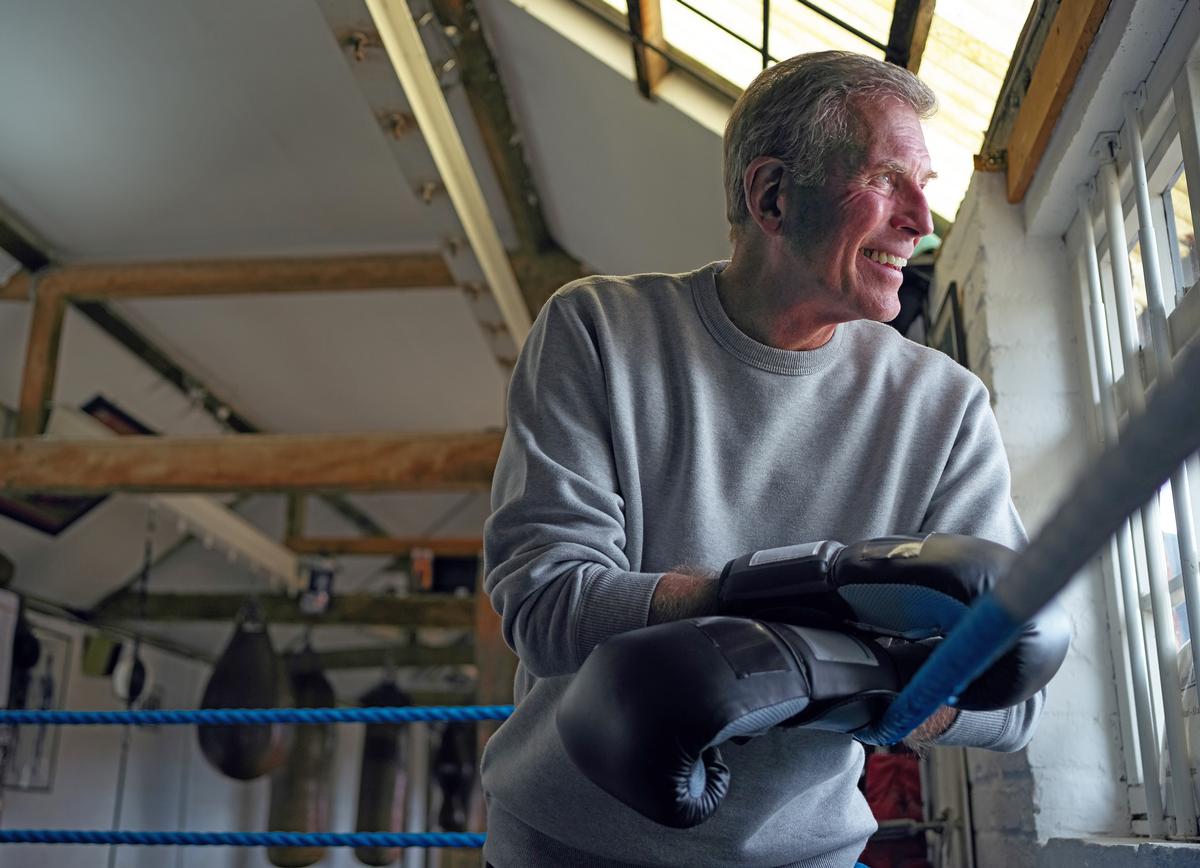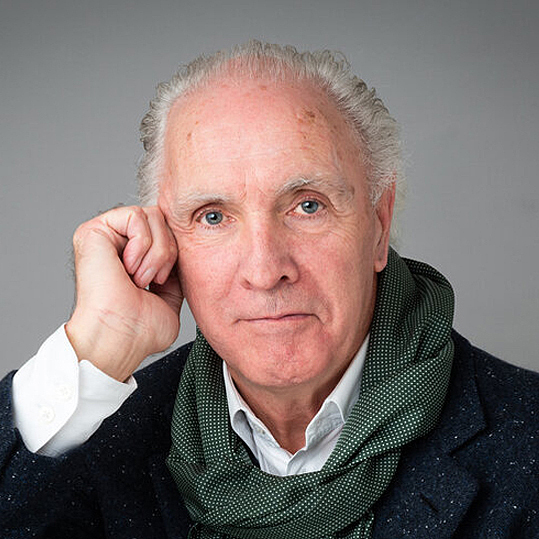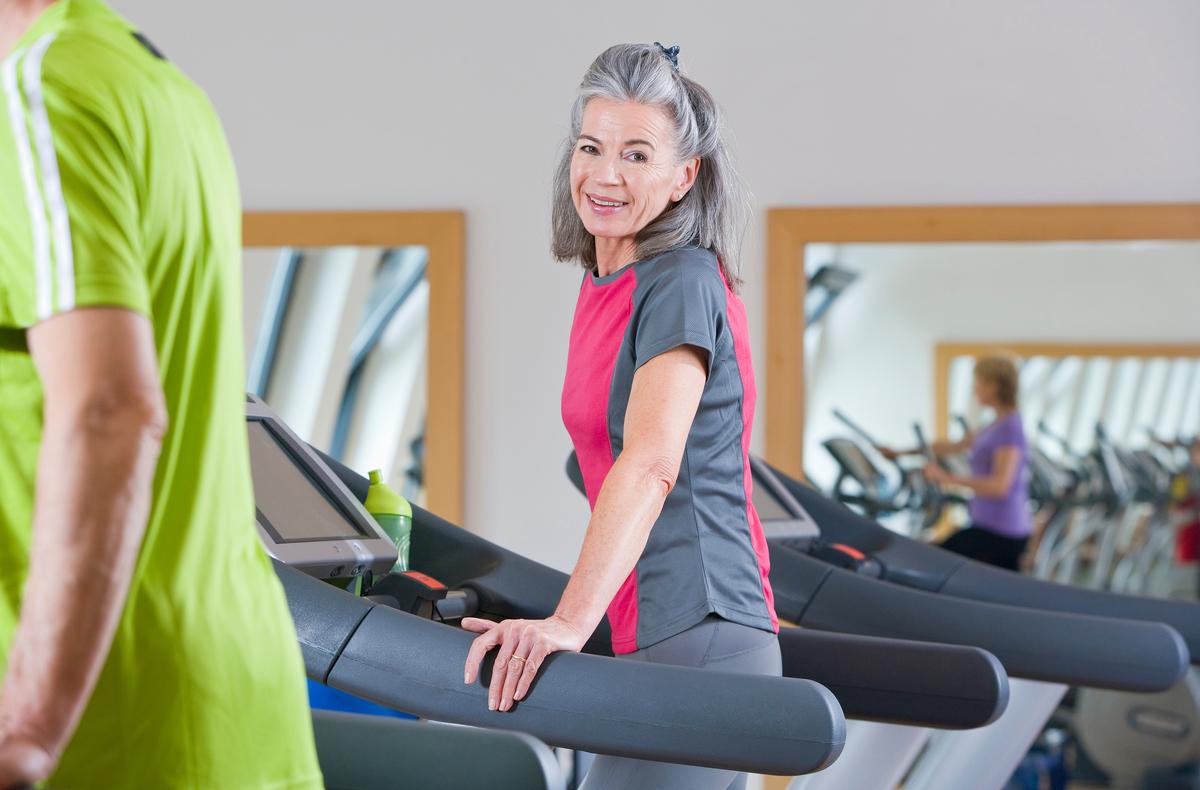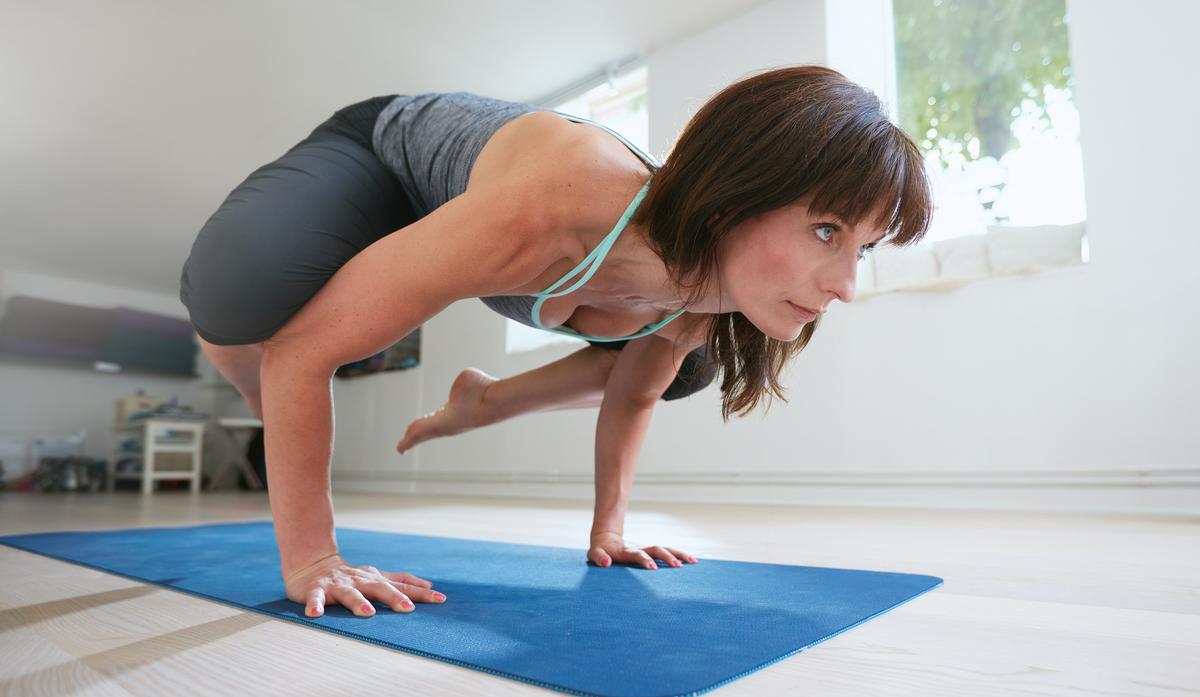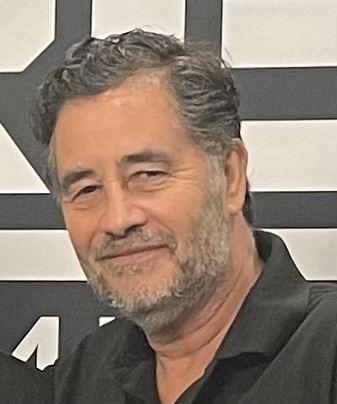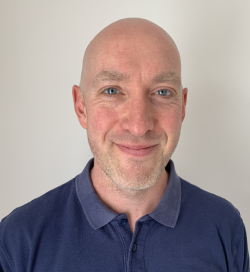In 2019 there were over 14.3 million Baby Boomers in the UK, making it the largest generational group. Boomers – people born between 1946-1964 in 2021 – are currently aged 57 to 75. Boomers don’t want to get old. I’m a boomer, I should know. That’s my first qualification to write this article.
Boomers followed the Silent Generation – born between 1928 and 1945 and the wealthiest generation ever seen. This cohort followed the Greatest Generation – defined as people born from 1901 to 1927. This was my mum’s generation, being born in 1923.
My second qualification for writing this article is the experience I gained helping my mum extend her disease- and injury-free life by 15 years, meaning she was able to live a full life well into old age.
Females across England in 2020 have a life expectancy of just 82.7 years, or 78.7 for males. Mum compressed all her impaired-quality of life into the last six months of her 97 years, compared to the average ‘decline’ which is quoted by The World Health Organization and the UK’s National Health Service as being the last 17 years of life.
She did this by remaining active, including doing regular sequence dancing until she was in her mid 80s, as well as yoga, working with a personal trainer and doing elderly judo to help prevent injuries on the occasions when she did fall.
Local authorities, such as Sandwell Metropolitan Borough Council in the West Midlands, where my mum lived, have improved the way social care, health, community and leisure services are brought together to support independent active ageing through social prescribing, which forms part of the NHS Long Term Plan.
Many of us will come across situations where ‘care’ means feeding, washing and personal hygiene, while sitting for long hours in a chair.
Not in Sandwell, where the many parts of the health care systems have been joined up and focused on keeping people independent, contributing to society, active and busy.
New initiative
The movement to keep older people active is leading to a number of fresh initiatives. Power Plate and the Berkley Care Group recently shared the outcomes of an initiative designed to encourage healthy movement in elderly people.
Over 12 weeks, around 250 residents in six care homes took part in the programme, which included vibration training and simple stretches to counter the negative effects of inactivity.
Measurable improvements were found in activities of daily living and fall prevention, following as little as five minutes’ vibration training a day.
Power Plate instructors around the world are now listed on the Remote Coach app – one of the top 30 European start-ups based in London and backed by Google with both cash and in-kind support. Remote Coach has grown the number of trainers on its platform to over 20,000, offering live interactive sessions that track progress and motivate users.
One of these trainers is based at the Asics Sports Complex in Tokyo Bay, Japan, where Power Plate vibration training in low-oxygen environments is being used to prevent and alleviate lifestyle-related illnesses.
On my last visit to Japan, November 2019, I had the opportunity to try vibration training in a low-oxygen environment and would highly recommend it. With the oxygen in the air normalised, the complex is also used for active ageing programming.
All this activity is part of a joint research programme between the Asics Institute for Sports Science and the Ritsumeikan Trust, a Japanese educational institution which provides education to around 50,000 students and pupils from primary school to university.
Research papers galore show similar conclusions. The older you get the more likely you are to be inactive, but it doesn’t have to be that way. Research presented at the cardiology conference, ESC Congress 2021, from a study of 33,576 patients with an average age of 62 showed that it’s never too late to start exercising to reduce the risk of dying from heart disease.
As exercise expert Daniel Lieberman from Harvard University points out, more research is required to understand the ‘dose’ of activity that switches people from being in a negative feedback loop to being in a positive one, where exercise becomes necessary and fun.
Declining muscle mass is part of ageing, but that doesn’t mean you’re helpless to stop it. I wrote my first article on active ageing in 2006 and concluded that the research is there – if we want to find it – to build the case for doing more for the ageing population. Unfortunately, the fitness industry hasn’t changed that much since then, but health providers have, meaning we’re not keeping up.
The Kings Fund estimates the government in the UK spends around £22 billion a year on adult social care on behalf of around 850,000 people who are either living in care homes or being supported to live independently in their own homes. It’s also estimated that unpaid caregivers save the state around £10bn a year by supporting friends and family. Around 1.5 million people work in the care sector.
This scale of expenditure means the care sector is four times larger financially than the fitness industry and yet it’s generally ignored by the sector in spite of the fact that social prescribing, care homes and care packages are multi billion pound opportunities for the fitness industry.
New source of funding
In February 2021 the Department of Health and Social Care published the White Paper, Integration and Innovation: working together to improve health and social care for all in which it outlined plans to focus on improving lifestyle in older people to reduce the burden of ill health.
The government has yet to announce the details of how these new funds will be allocated, but the potential savings are becoming obvious. The UK National Institute for Health and Care Excellence has stated that if people lose weight, drink less alcohol and become more active it could save up to £3 billion a year on the care budget.
If the fitness industry grew its membership base from the current 1 per cent to 15 per cent of members aged over 65, it would double the value and size of the industry. It would also become a major partner in local care provision.
But are training providers ready to upskill the workforce to optimise this generational gold mine, at the point where health and activity merge? It seems appropriate to ask if the industry will be ready.
With over 15 million people living with at least one long-term health condition social prescribing provides a huge opportunity for the industry and ActiveIQ’s Level 3 Diploma in working with clients with long-term conditions – devised in partnership with Nuffield Health – brings the latest thinking and current best practice into this new qualification. It’s good to see PTs will have a more advanced set of skills and deeper understanding to support this growing client group.
New partnerships and qualifications will also help move the national conversation on following the pandemic. Some of the most important conversations the industry needs to be having are around how we can age better and how we can liberate the fitness industry from its ageism.
In the physical activity space I find the fitness sector the most ageist – and that’s me talking from experience.
Age of perfection
As people move from thinking about work-life balance to healthy movement-life balance, the Boomers, Silent and Greatest Generationalists will have reached what John Maynard Keynes described as the ‘age of leisure and abundance’. Staying fit and healthy is crucial to enjoying this ‘age of perfection’, yet where and what to do for the best? Inspiring people who survive it to improve their personal fitness levels could be COVID’s backhanded gift to humanity, as new industries spring up to cope with the growing demand.
Some sports, such as triathlon, are organised by age group categories in five year age bands up to 80+ and divided by gender. Hiromu Inada from Chiba prefecture in Japan became the oldest finisher of the Ironman World Championship at the age of 85 and at 87 years of age, he won a Guinness World Record for being the oldest person to compete.
Marie Dorothy Buder is the female oldest finisher aged 82, while Edwina (Eddie) Brockleby became the oldest British woman to complete an Ironman triathlon aged 74.
She’s also the founder of Silverfit, a charity formed as part of the summer 2012 Olympic legacy and dedicated to the promotion of the healthy benefits of physical activity for older people.
Silverfit now organises 13 activities across 14 venues around London. (Check out Silverfit@home on YouTube).
Up to £10m of National Lottery money, distributed by Sport England, is supporting projects encouraging inactive older people to move a little more each day. The aim of Ramblers Walking for Health, for example, is for everyone to have access to a short, free and friendly healthy walks to help people become and stay more active, while Oomph!, one of 20 funded projects, is a wellbeing business for older adults, providing training for care home staff in delivering exercise, activity classes and healthy movement.
Healthy movement
Analysts at Fitt Insider, estimate that ‘healthy movement’ is a trillion dollar business, around ten times bigger than fitness and so prioritising healthy, balanced movement has become the focus of both the largest companies in the world and countless start ups.
Amazon, for example, has introduced Movement Health as a new feature on HALO, its wrist-worn health and activity tracker. This combines artificial intelligence, computer vision and machine learning to produce personalised programming of everyday movements we mostly take for granted and do without thinking.
Understanding ageing
Ageing is now the predominant cause of disease worldwide and yet it remains poorly understood. The Institute of Healthy Ageing at University College London is the centre of excellence for research on the biology of ageing and ageing-related diseases – one of the most important challenges in biomedical research today.
Harvard Health and the American Society for Bone and Mineral Research have worked with fitness suppliers, Keiser and Power Plate, to publish a considerable amount of research on older adult fitness, including fall prevention, increasing bone density, preventing and controlling osteoporosis and increasing strength and muscle mass, to name a few, so our knowledge is increasing.
The NHS encourages some type of physical activity every day and the more you do the better. However, these guidelines – along with retirement ages, which are 66 for both men and women in the UK, rising to 67 by 2028 and 68 by 2037 – perpetuate the myth that 65 is old when it’s not.
The majority of Boomers are still working, like me, and staying active. In just ten years time 27 per cent of the UK population will be aged 70 plus. For many, 70 will be the new 60 and 60 the new 50 with one message everyone agrees on – it’s never too late to start exercising.
David Minton is founder of The Leisure Database Company www.leisuredb.com








